Argon Xpress has all of your welding gas needs covered. We have a full range of gases for TIG and MIG welding designed for different types of metals, including aluminium and stainless steel and mild, carbon, and low alloy steels.
Our welding gas supply range includes Argon Gas for TIG, Argon 5/2 Gas for MIG, CO2 bottles, Oxygen bottles, Nitrogen gas, and Oxy-Acetylene. Each welding gas type has unique characteristics to meet the various welding uses and forms. Proper selection of welding gas can improve the weld’s quality, speed, and deposition rate.
Our expert team at Argon Xpress can help you choose the right welding gas for your work or project.
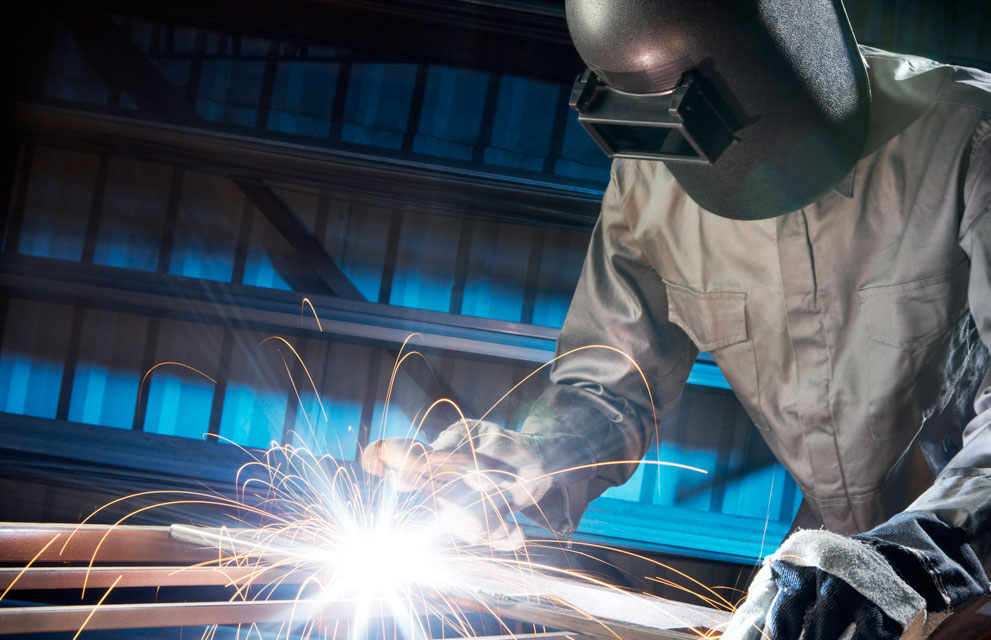

WELDING GAS SUPPLY
As a leading welding gas supplier, Argon Xpress offers welding gas bottles for sale or exchange. We also accept other brand bottles that come from the same system.
Here are the different welding gases we have to offer:
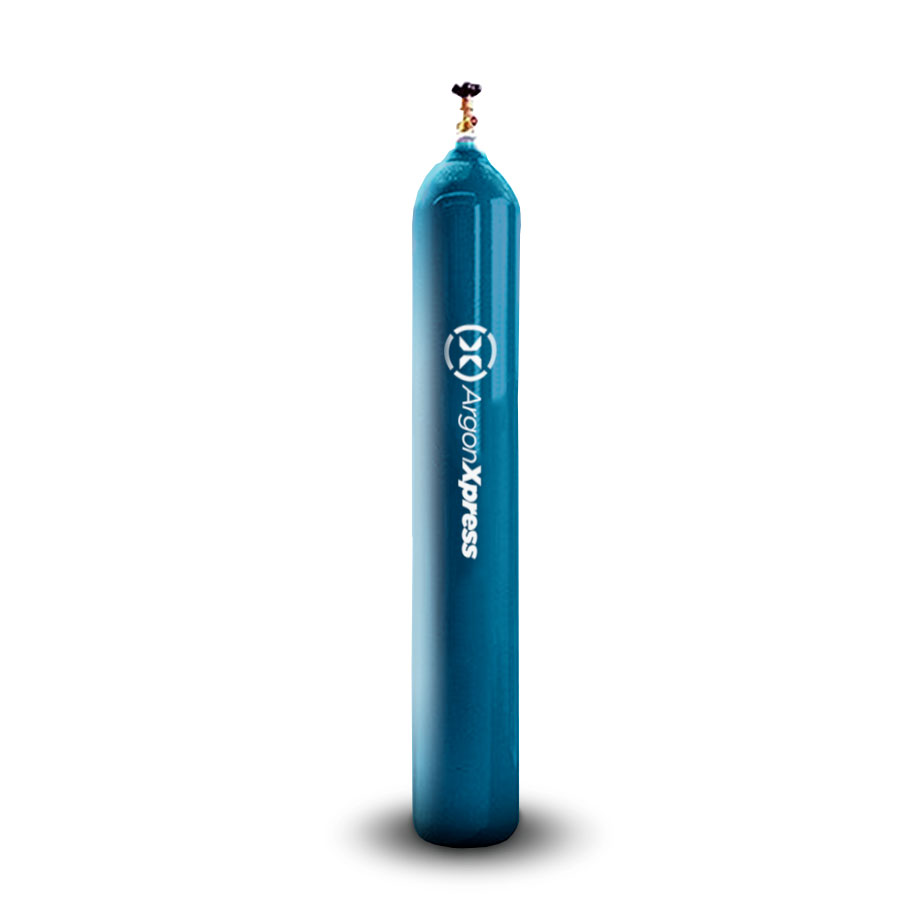

ARGON
Welders use argon as the base for specialised gas combinations. Often, they mix it with CO2 to provide arc stability, reduced spatter, and puddle control. You can use the mixture for the spray transfer process leading to higher productivity rates. Also, it makes the welds more attractive. We provide argon gas for both MIG and TIG welding. It is the preferred inert gas because it is non-flammable and non-toxic.
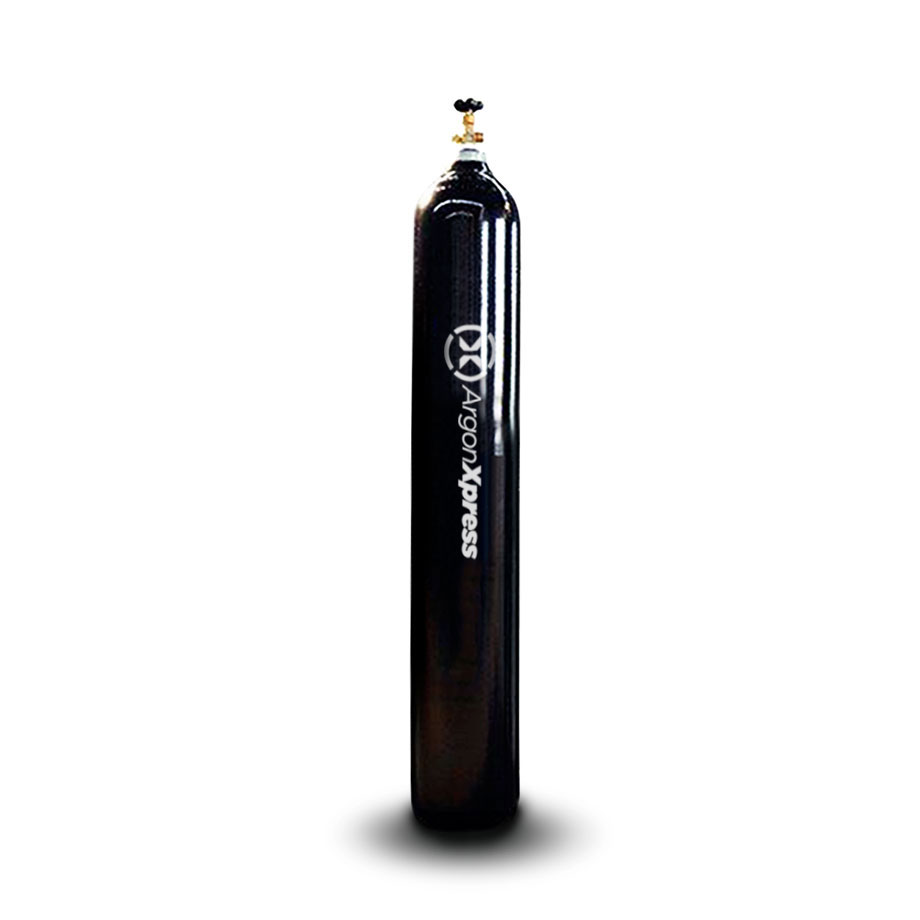

OXYGEN
It is a reactive gas that can improve weld pool fluidity, arc stability in mild carbon, stainless steel, and low alloy. Welders combine it in small amounts with other gases. It causes oxidation, so you can’t use it with magnesium, aluminium, copper, and other exotic metals. Excessive oxygen use in a mixture can result in brittleness in the welding zone.
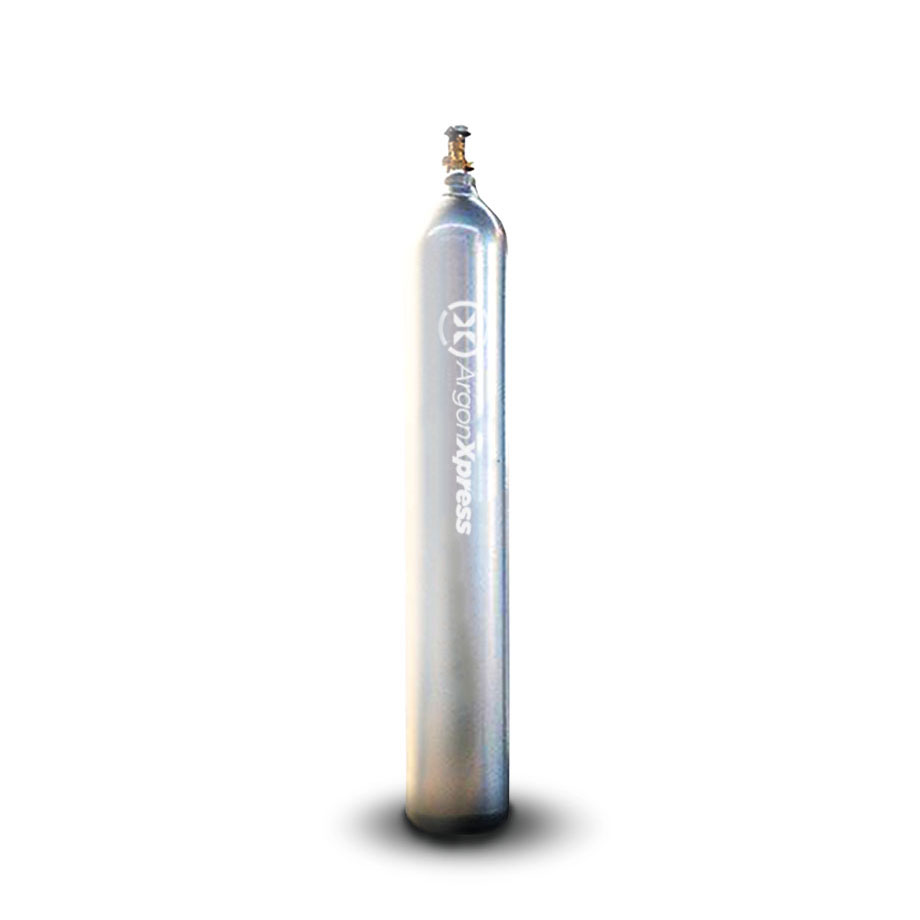

CARBON DIOXIDE
It is the most used reactive gas in MIG welding. You can also use it in its pure form or combine it with an inert gas. However, it harms the stability of the arc. It is ideal for welding thick material, but it produces more spatter and a less stable arc.
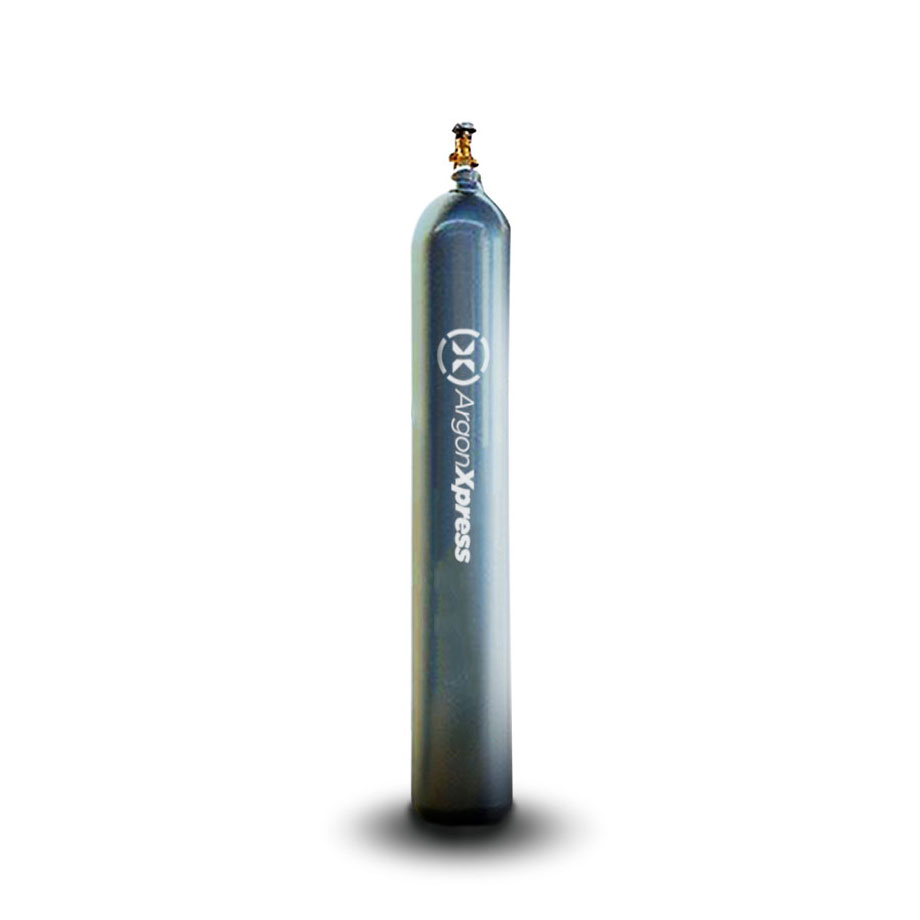

NITROGEN
We offer nitrogen gas cylinders in different sizes to suit various applications and purposes. Nitrogen improves arc stability and weld penetration. Welders mix nitrogen with other gases to increase alloy’s mechanical properties, prevent nitrogen loss from the material, and avoid pitting corrosion.
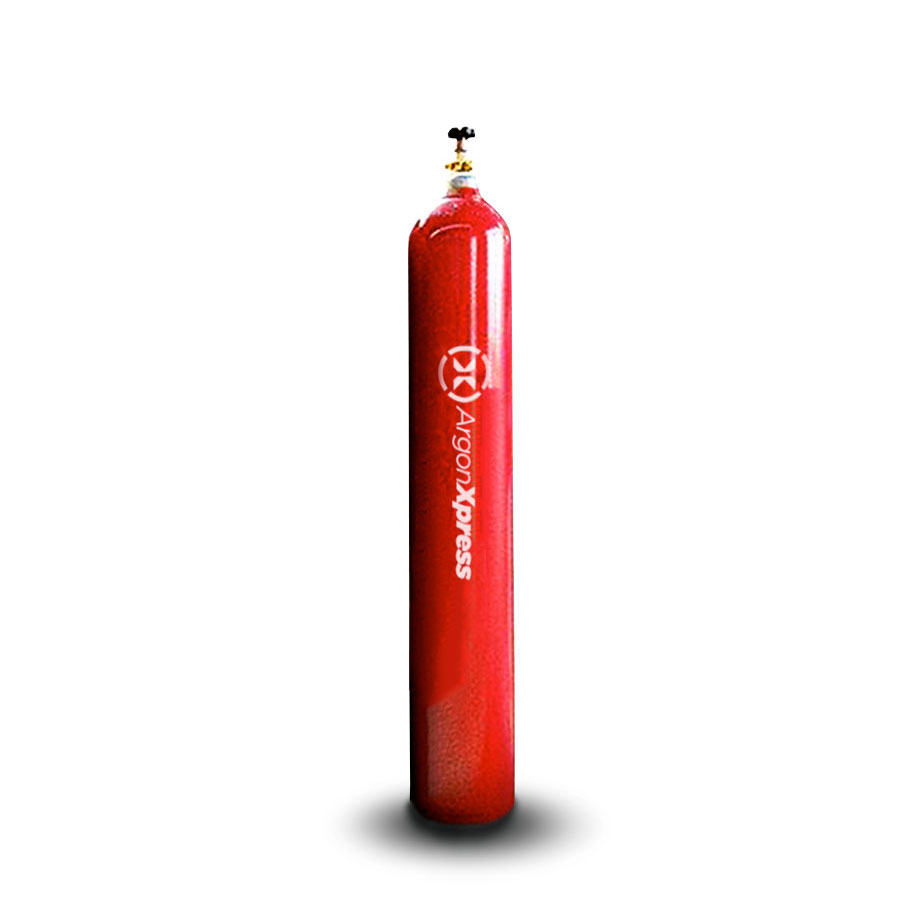

ACETYLENE
It is known as the most potent welding gas. Also, it is the hottest fuel gas when mixed with oxygen. It becomes flammable and has a unique smell. You can use it to weld various steel materials. It is used for cutting, carbon coating, texturing, flame heating, and more.


CARBON DIOXIDE
It is the most used reactive gas in MIG welding. You can also use it in its pure form or combine it with an inert gas. However, it harms the stability of the arc. It is ideal for welding thick material, but it produces more spatter and a less stable arc.